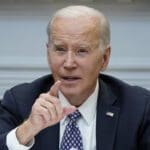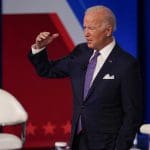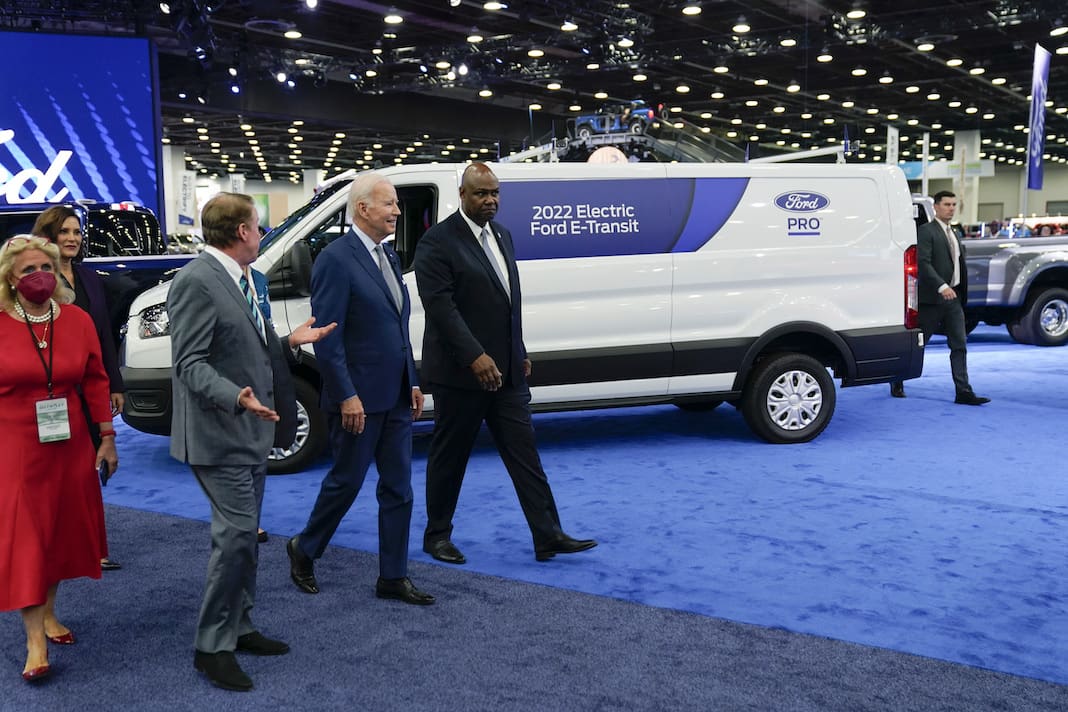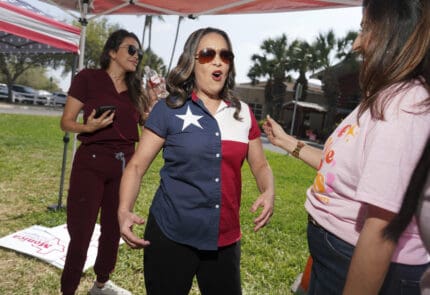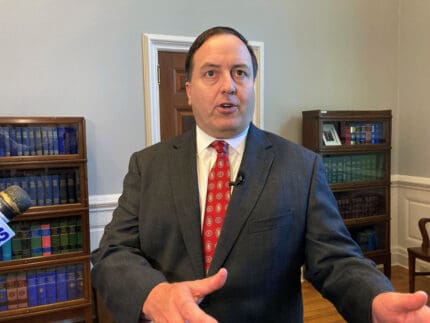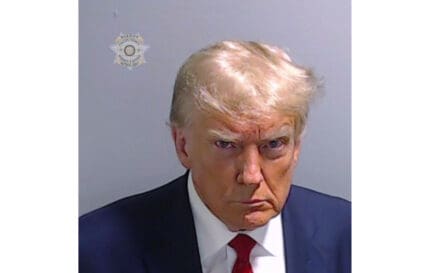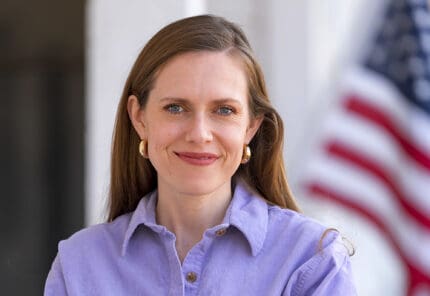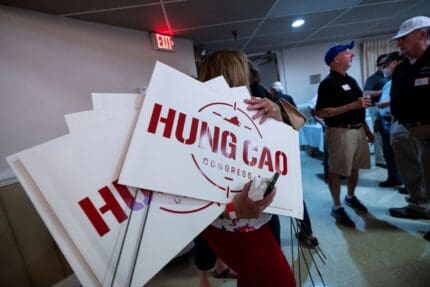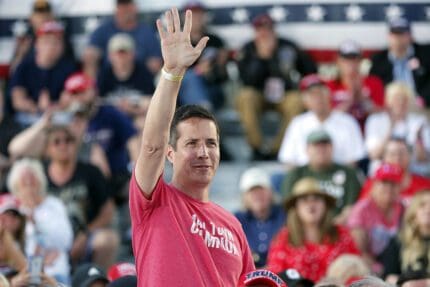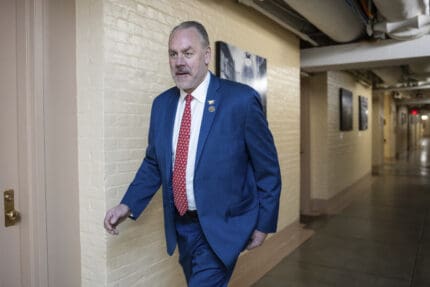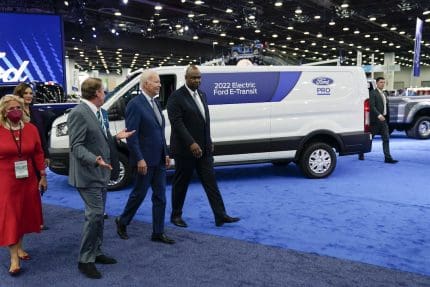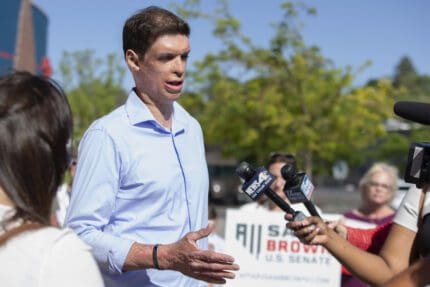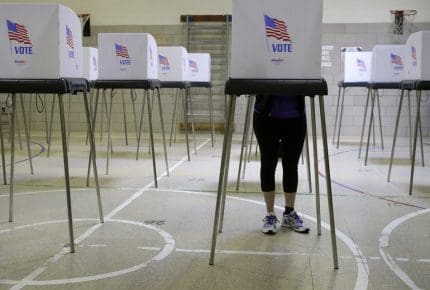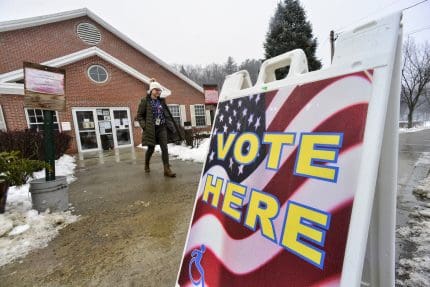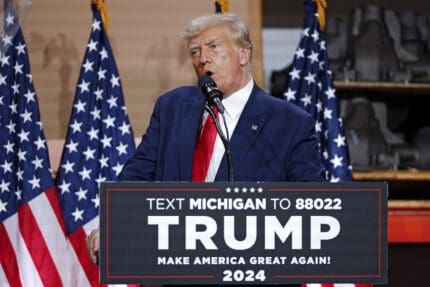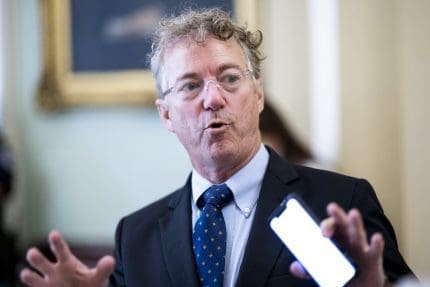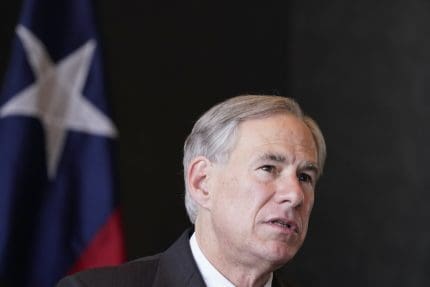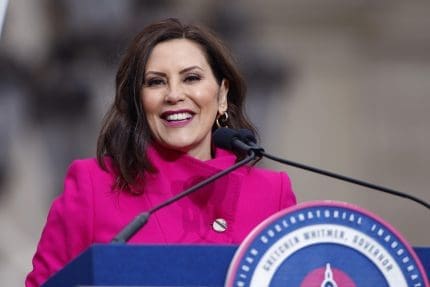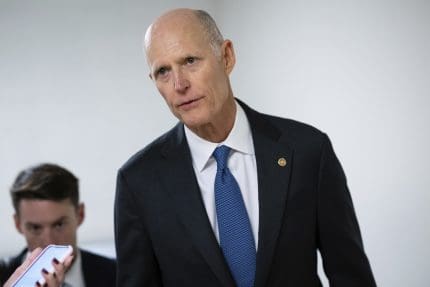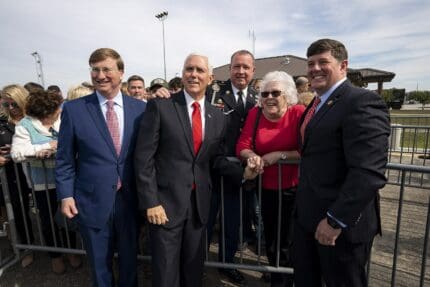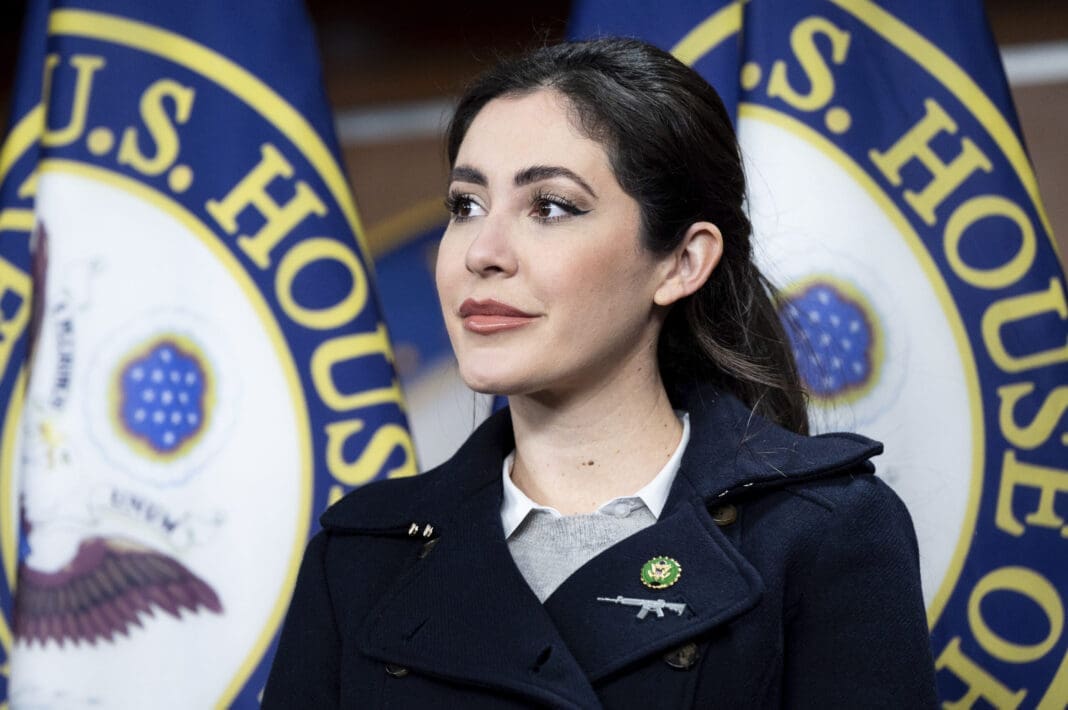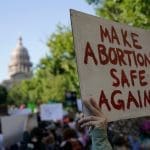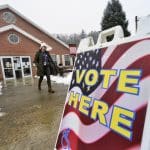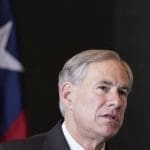Here's how the Nevada caucuses actually work
The Nevada Democratic Party is working to ensure its caucus doesn’t devolve into chaos like Iowa’s did.
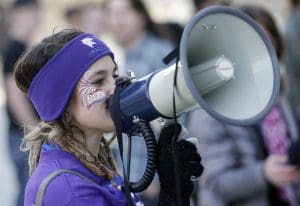
The Democratic presidential nomination contest heads to Nevada on Saturday for the third Democratic primary of the 2020 election.
Like Iowa, Nevada awards its delegates via caucus rather than a traditional primary.
However, the rules are much different than Iowa’s — which may be a good thing given how easily Iowa’s complex system devolved into chaos.
Here’s what you should know about the Nevada caucuses and how they work:
The demographics
Nevada is the third state in the primary calendar to vote. But it’s the first state with a diverse electorate that looks more like the makeup of the country than Iowa and New Hampshire, where the vast majority of voters are white.
In Iowa, 91% of the electorate was white, according to an Associated Press exit poll, while 89% of the electorate in New Hampshire was white, according to a CNN exit poll.
Back in 2016, just 59% of the electorate in the Nevada caucus was white, while 13% was black and 19% was Latino, according to a CNN exit poll. Therefore, the results from Nevada will be a key measure of whether Democratic presidential hopefuls can build a diverse coalition.
When are the caucuses?
Like Iowa, Nevada uses a caucus system to allocate its delegates.
But unlike Iowa, Nevada makes it much easier for people to make their voices heard.
Iowa forced voters to attend in-person caucuses at 7 p.m. CST on a weeknight — meaning that people who had to work, couldn’t find childcare, or simply had other commitments couldn’t vote.
In Nevada, caucuses begin at 12 p.m. Pacific on a Saturday. Any registered voter in the state can attend one of the 250 caucuses in the state. Voters must attend one of the caucuses in the precinct in which they live.
What about those who can’t make it?
Voters who can’t attend the Saturday caucus have four days of early, in-person voting from Feb. 15 to Feb. 18 to ensure they can make their voice heard.
Nevada also holds what are called “strip caucuses” — where people who work in the many casinos and hotels on the Las Vegas strip can cast ballots at work instead of their home precincts to make it easier for them to attend.
How does the caucus system work?
On caucus day, voters will fill out a presidential preference card denoting their first-choice candidate. If that candidate doesn’t receive 15% of the vote, caucus goers can then realign to candidates who did meet that viability threshold (though they do not have to if they don’t like the other choices).
Early votes will be added to the totals from Saturday’s caucuses. Early voters are asked to rank their vote preference, so that if their first-choice candidate is not viable in their precinct, their vote can migrate to their second- or third-choice candidate if they are viable.
Nevada is trying to avoid Iowa’s tech gaffes
Nevada was set to use an app similar to the one the Iowa Democratic Party used for its caucus.
However, after Iowa had issues, Nevada scrapped that plan and opted against using the software.
“NV Dems can confidently say that what happened in the Iowa caucus … will not happen in Nevada on February 22nd. We will not be employing the same app or vendor used in the Iowa caucus,” the Nevada State Democratic Party said in a statement earlier this month. “We had already developed a series of backups and redundant reporting systems, and are currently evaluating the best path forward.”
However, since then, campaigns have reported confusion over the new process as well as errors in the technology that will be used to tabulate results in each precinct on caucus day.
Officials there insist things will be ready when the time comes.
“We understand just how important it is that we get this right and protect the integrity of Nevadans’ votes,” Nevada State Democratic Party Executive Director Alana Mounce wrote in a memo to the various campaigns this week, according to the Washington Post. “We are confident in our backup plans and redundancies.”
High turnout
So far, data suggests there will be high turnout for the Nevada caucuses.
In the first two days of early voting, 26,000 people cast ballots, according to Jon Ralston, Nevada political guru and editor of the Nevada Independent. In 2016, a total of 80,000 people participated in the Nevada caucuses.
There have been few public polls in the race. However polls show Sen. Bernie Sanders (I-VT) has a slim lead over former Vice President Joe Biden.
Published with permission of The American Independent Foundation.
Recommended

Biden campaign launches new ad focused on Affordable Care Act
Former President Trump has said he wants to do away with the popular health care law.
By Kim Lyons, Pennsylvania Capital-Star - May 08, 2024
Trump leaves door open to banning medication abortion nationwide
Donald Trump is planning to release more details in the weeks ahead about how his administration would regulate access to medication abortion, according to comments he made during a lengthy interview with Time magazine published Tuesday.
By Jennifer Shutt, States Newsroom - April 30, 2024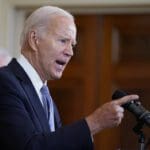
Biden on abortion rights: President expects to give speech Tuesday on new Florida 6-week ban
‘Having the president of the United States speaking out loud and with confidence about abortion access is a great thing’
By Mitch Perry, Florida Phoenix - April 22, 2024





